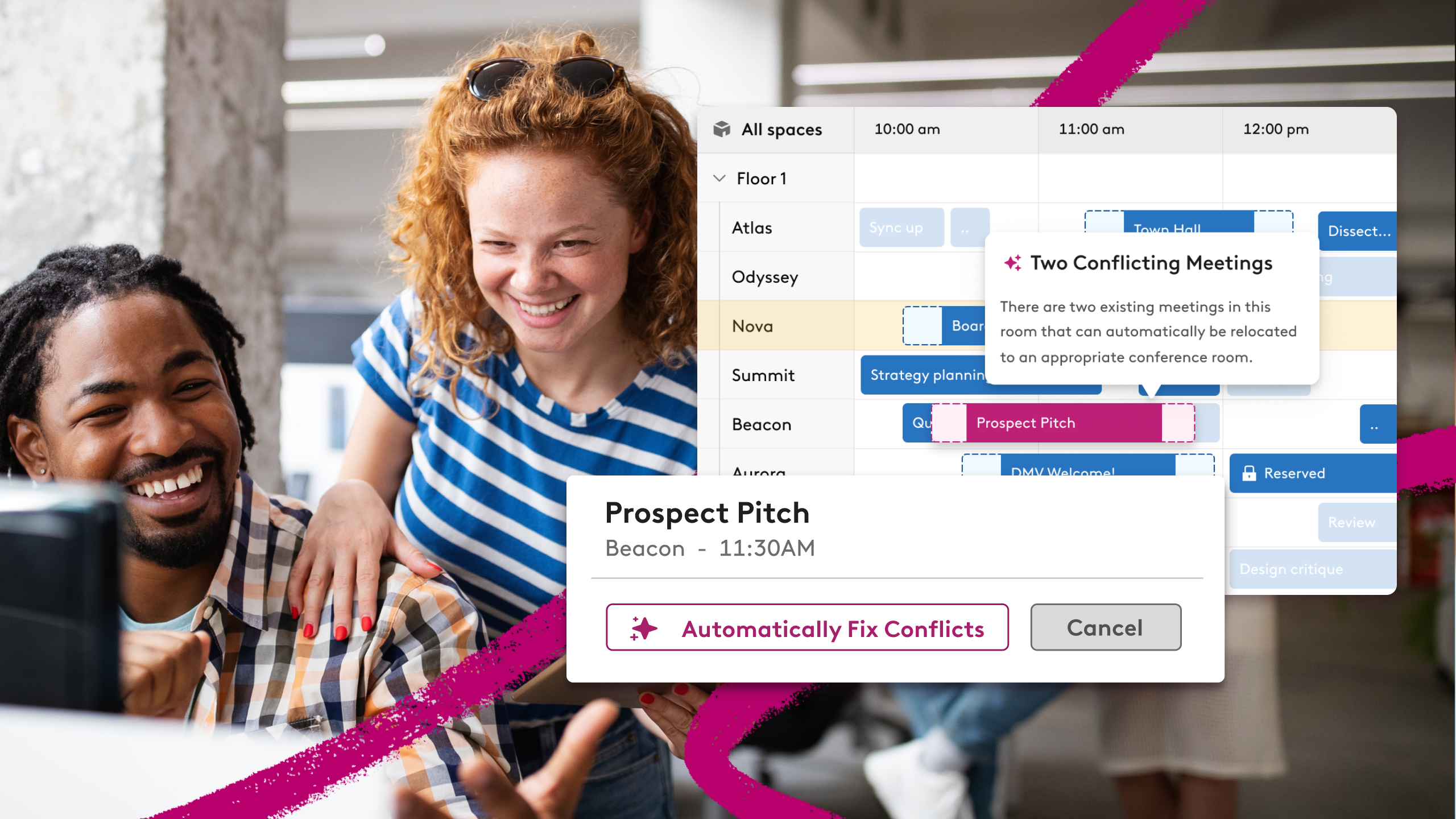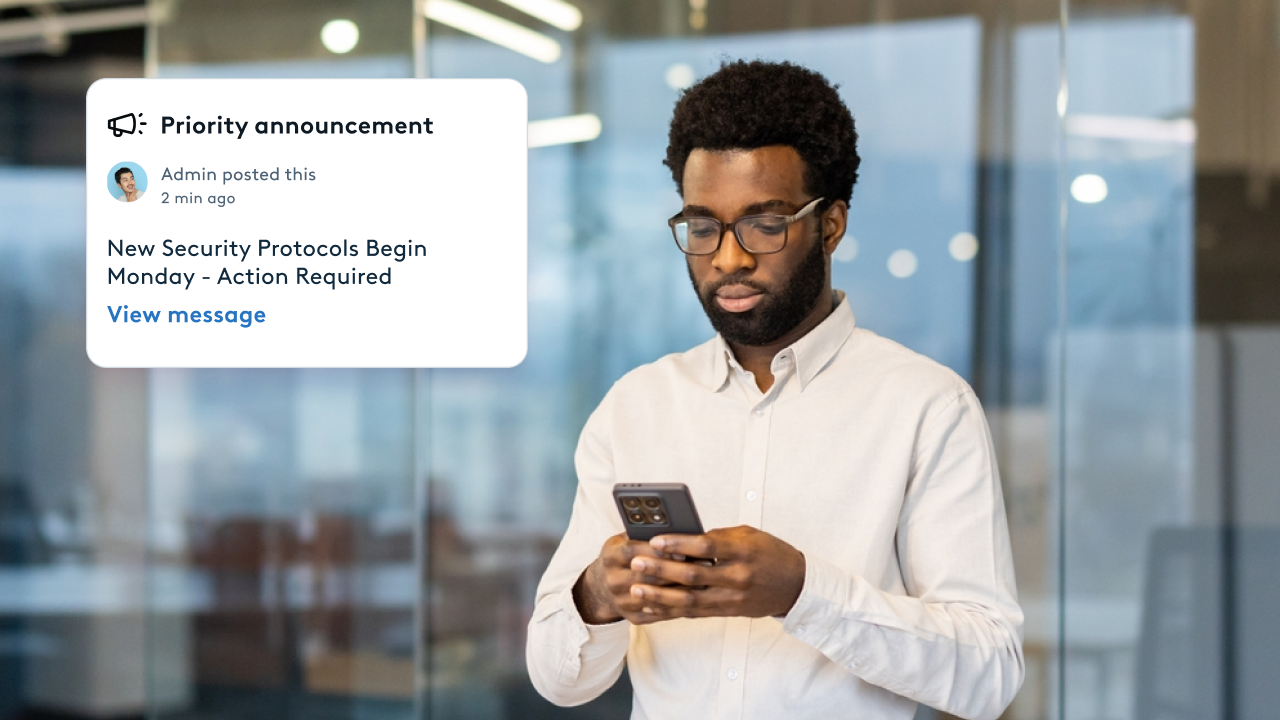Design your office for different space types

Work has changed. Most offices haven’t. That’s the tagline Herman Miller uses when describing the Living Office, a high performing workplace that’s designed to help employees do their best work, while aligning with the goals of the organization.And this isn’t a new concept, it’s just been more refined year after year. Alternatively, it’s known as “activity based working”. Simply put, it allows your employees to be in an environment where they do their best work -- from desk hoteling to breakout spaces and open layouts, it’s all about finding the most optimal and efficient workplace.
But implementing this line of thinking is much bigger than design, it needs to be in the DNA of the organization. Since the workplace is comprised of various space types, the question of how to design your office to fit each one, is a question that takes time, research and a vision for how your space will be used best. Let’s take a look at some of the most popular space types, and some thoughts around how to optimize them, with design and employees top of mind.
Breakout Spaces
An effective breakout space focuses on interior design. Not quite a room, it’s an easy way to give employees and visitors additional space much different from their usual working area. The possibilities are endless in terms of how you design it and what you put there (a slide, maybe?). But the key to designing an efficient breakout space with employees in mind is to think about how the space, furniture and overall design will increase productivity and happiness.

Here are some things to keep in mind:
- Is the space fun or inviting to employees? (Furniture, color, design)
- Is light something that’s important? (Focus on what matters to employees)
- How would you manage noise in an open, collaborative environment?
- Is there an opportunity to build off a theme in the office?
- Are there ways to double up on the space? (Breakout and all hands meetings?)
Conference Rooms
Conference rooms, while serving a very practical purpose, can be treated with as much creativity and flexibility as breakout spaces. From layouts to chairs to amenities, each room is their own. Some companies, for example, name their conference rooms based on themes or products or the industry they’re in.

Here are some things to keep in mind:
- Do the amenities in the room support the most productive work? (Whiteboards, Apple TVs, etc.)
- Should we have two large conference rooms or three smaller ones?
- Where do employees work best? Rooms with light? Smaller call rooms?
- How visible should these rooms be, do we need glass walls? Are some rooms going to be used for HR and need solid walls?
- How many seats should each conference room support?
Entrances
It’s the first impression, and after all, first impressions tend to be lasting ones. When it comes to entrances, they serve two very important purposes:
- Welcoming guests
- Greeting employees
From the furniture to the presentation itself, it tends to be one of the more overlooked parts of an office buildout, but can be one of the most important. Interviewees, potential clients and even remote employees all see the office for the first time through this space.

Here are some things to keep in mind:
- Hospitality should be a focus: drinks, free Wi-Fi, plants, light, etc.
- Is there an opportunity to have the seating be near a breakout space? (Added visibility into how the company works)
- Does the design and furniture encourage both comfort and inspiration?
Next Steps
Herman Miller has some great resources both on the furniture and design front that are helpful to consider after understanding how you want to outfit and design your office. Quite simply, a living office can have various space types that are consistent with the overall design and layout you’re envisioning for a productive workplace that employees love.We wrote another blog post on designing for employees recently -- you can check that out here.












